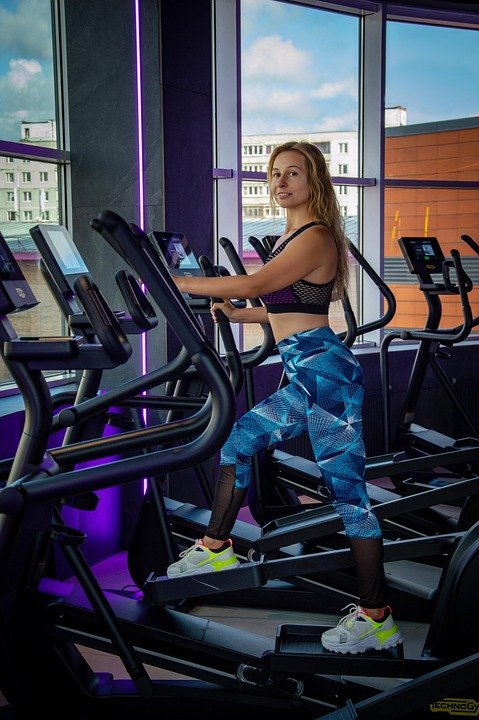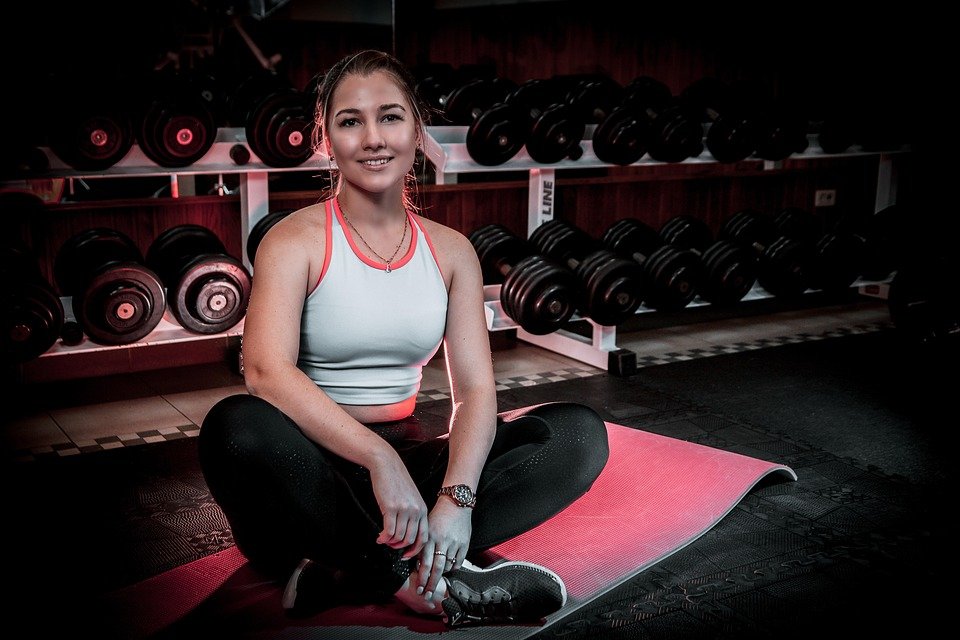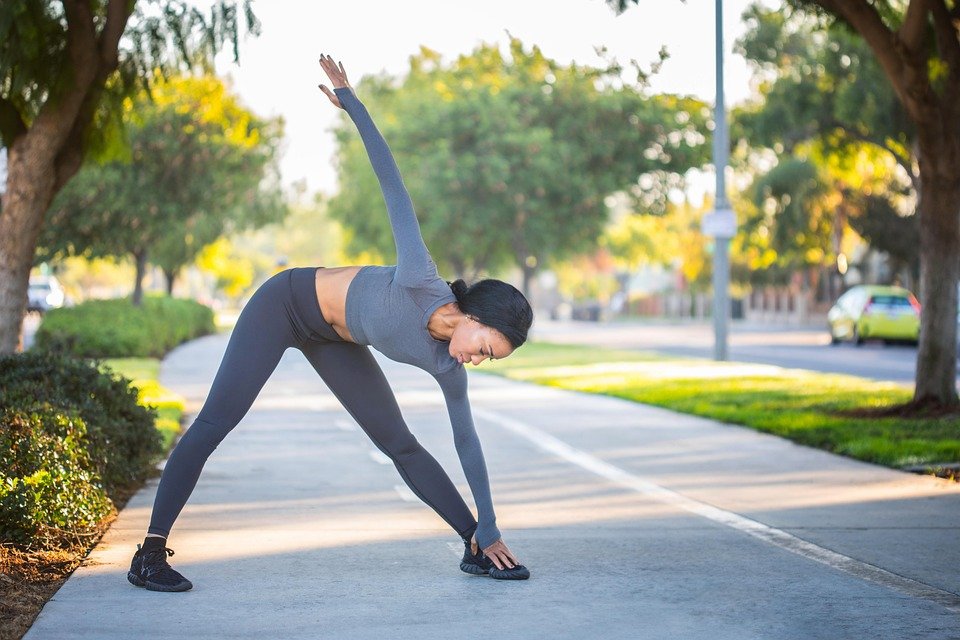Chris Cavallini built Nutrition Solutions on the ethos that to achieve excellence in fitness (or any other area of life), one must ditch the excuses. Some people join his program ready to change their lives. Others need a push.
To give these clients the extra motivation they need, Cavallini believes in employing a controversial tactic: fat shaming.
It’s important to clarify what exactly he means by “fat shaming.”
Cavallini isn’t suggesting that his audience get online and post hateful comments under photos of anyone who is overweight. Rather, his brand of fat shaming serves a specific motivational purpose, and he can point to several historical situations where it’s worked.
“Shame, when used correctly, creates clarity,” he explains. “The Spartans and Macedonians are two of the most respected, dominant ancient warrior cultures in history. Both used shame to drive honor and action in their soldiers. So does every branch of our military.”
Many people remain in their comfort zones for so long that they’re lulled into a sense of security. Their own excuses (or sugarcoated affirmations from others) make it easy to stay there. When they come to Cavallini for advice and guidance, they aren’t always ready to confront the reality of their lives.
“My goal is to help people see and understand what’s possible when they stop making excuses — and start taking action,” he says. “Sometimes, transformation begins with the truth that hurts. But if you lean into it, that truth can change your life.”
Cavallini’s coaching strategy emphasizes discipline, hard work, and an unrelenting pursuit of excellence. His approach isn’t based on shame or ridicule. He simply recognizes that for some clients, it takes a hard dose of reality to jumpstart their journey to wellness.
Detractors might say that Cavallini’s emphasis on physical fitness and transformation is just vanity by another name. However, he sees it as anything but.
“Your body tells the world a story. It’s a billboard of your lifestyle,” he says. “We all must decide what story we want to share. Is it one of low standards, no self-control, laziness, and a lack of discipline? Or is it one of strength, confidence, consistency, and capability?”
To make this kind of critical choice, one must be capable of taking a hard, honest look at oneself. It can be difficult, but if a client is committed to change, Cavallini promises that the effort will be worthwhile.
“That kind of awareness, yes, it stings. But sometimes, pain is the only thing that cuts through the noise,” he explains. “And that sting? That’s what inspires change.”
But what happens after that initial sting of shame? To truly incorporate fat shaming as a tool (and not just use it as an excuse to hurl insults), coaches must have a clear plan for follow-through for each client. For Cavallini, the most important facet of that plan is accountability.
“I don’t just give people motivation,” he says. “I give them clear, actionable steps and accountability. A lack of accountability is one of the main reasons most people never follow through and accomplish their goals.”

Anyone familiar with Nutrition Solutions knows that Cavallini emphasizes the importance of rigorous training and disciplined eating. However, there’s another factor that he says sets the truly excellent apart.
“The difference between the people who succeed and the ones who quit always comes down to mindset, and specifically, to radical accountability,” Cavallini says. “That’s what we coach. That’s what we teach. And that’s why it works.”
Not surprisingly, some others in the industry believe that Cavallini’s approach is too harsh, even offensive, but that doesn’t bother him.
“If anything, that discomfort is a sign that something needs to change,” he says. “My job isn’t to protect feelings. My job is to help people get results. There’s no other company in our industry that has anywhere near the number of client transformations that we do. Not even close. I’m not here for everyone, I’m here for the ones who are serious.”
You may or may not agree with Cavallini’s endorsement of fat shaming in a coaching context. Like it or not, though, this controversial tactic is part of a strategy that ultimately helps Nutrition Solutions clients accomplish goals they never thought possible.
“People don’t like to hear it, but the key to endless growth in life is to make everything your fault,” says Cavallini. “When someone stops blaming their genetics, their job, their past, their kids, etc., and starts accepting full responsibility, they stop being a victim and start becoming the architect of their life.”
M&F and editorial staff were not involved in the creation of this content.
This post is brought to you by: Source link
How the CEO of Nutrition Solutions Uses Brutal Honesty to Drive Health and Fitness Change, 2025-07-28 11:18:00

















